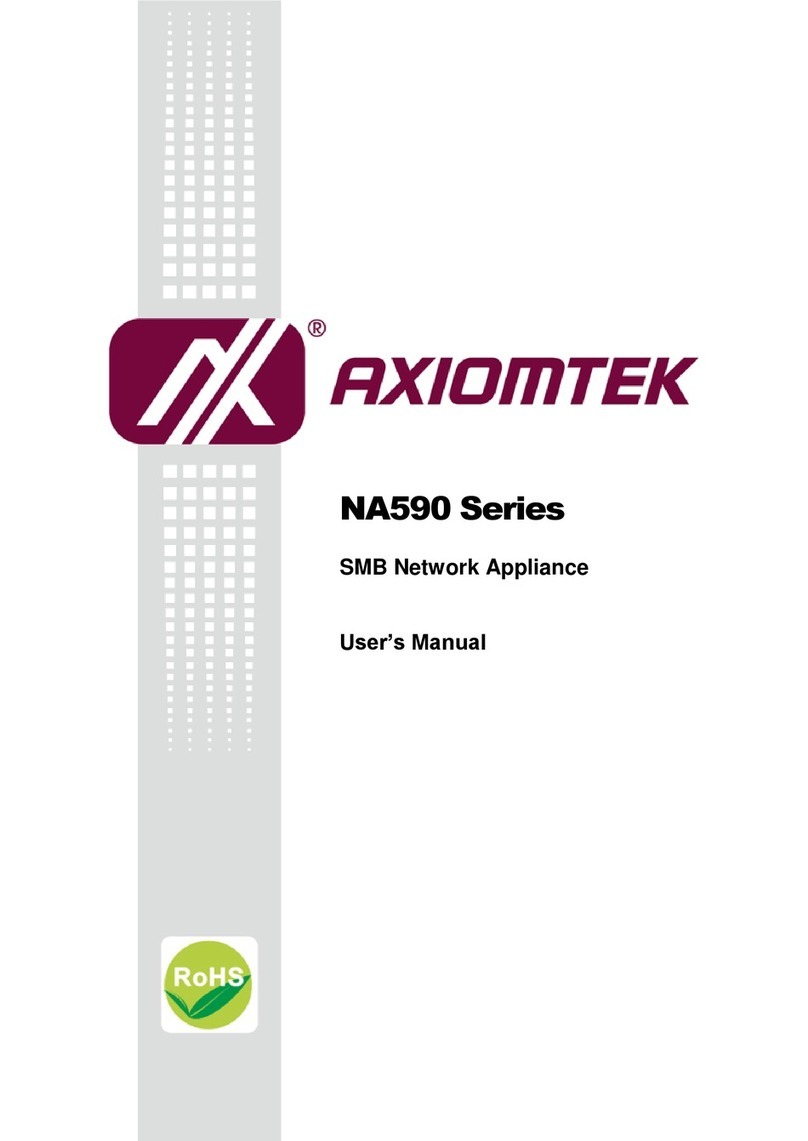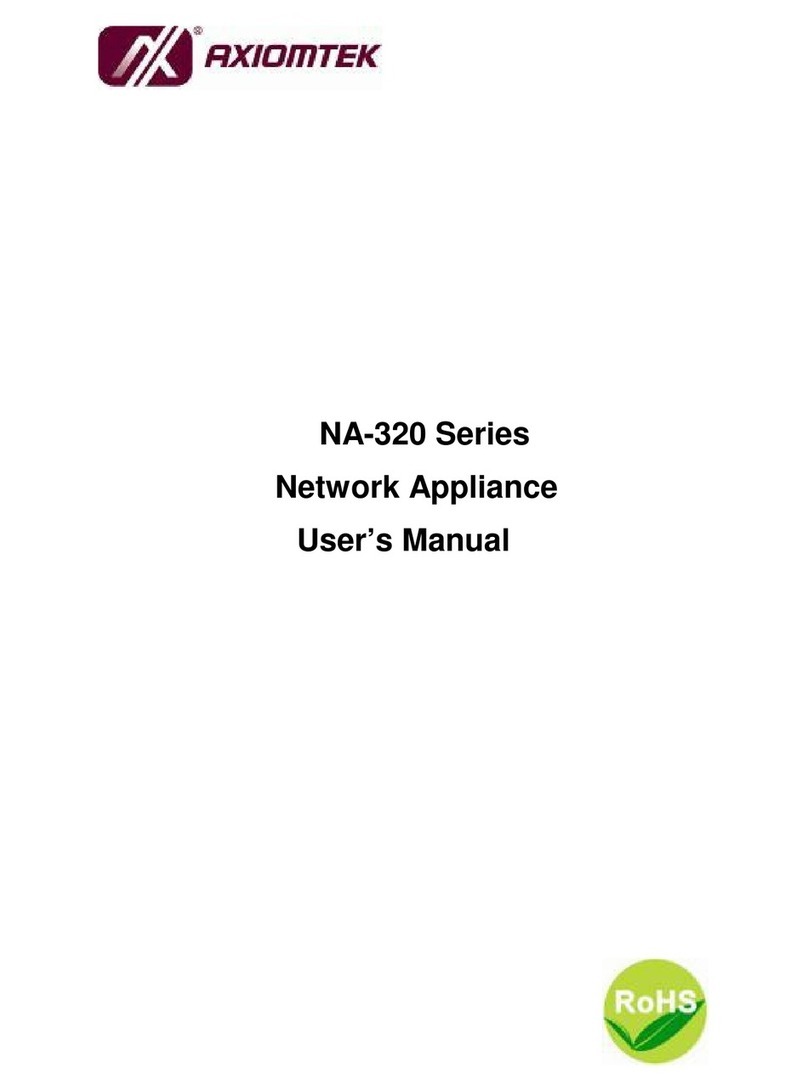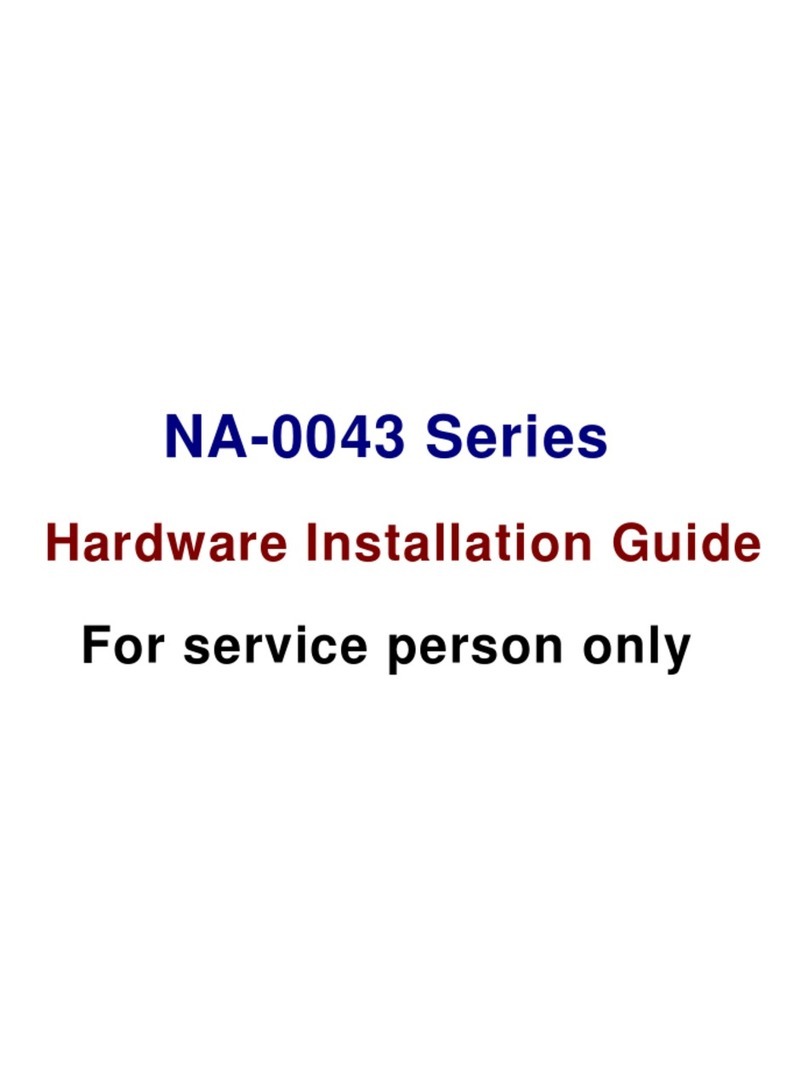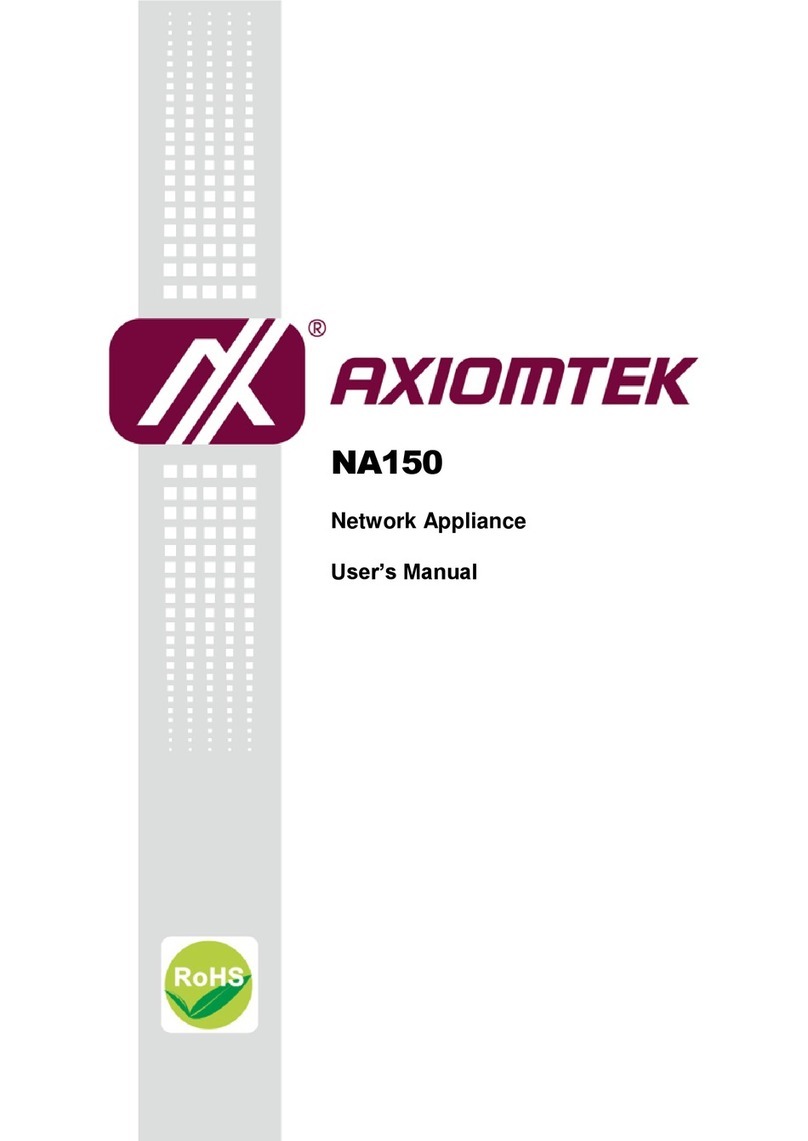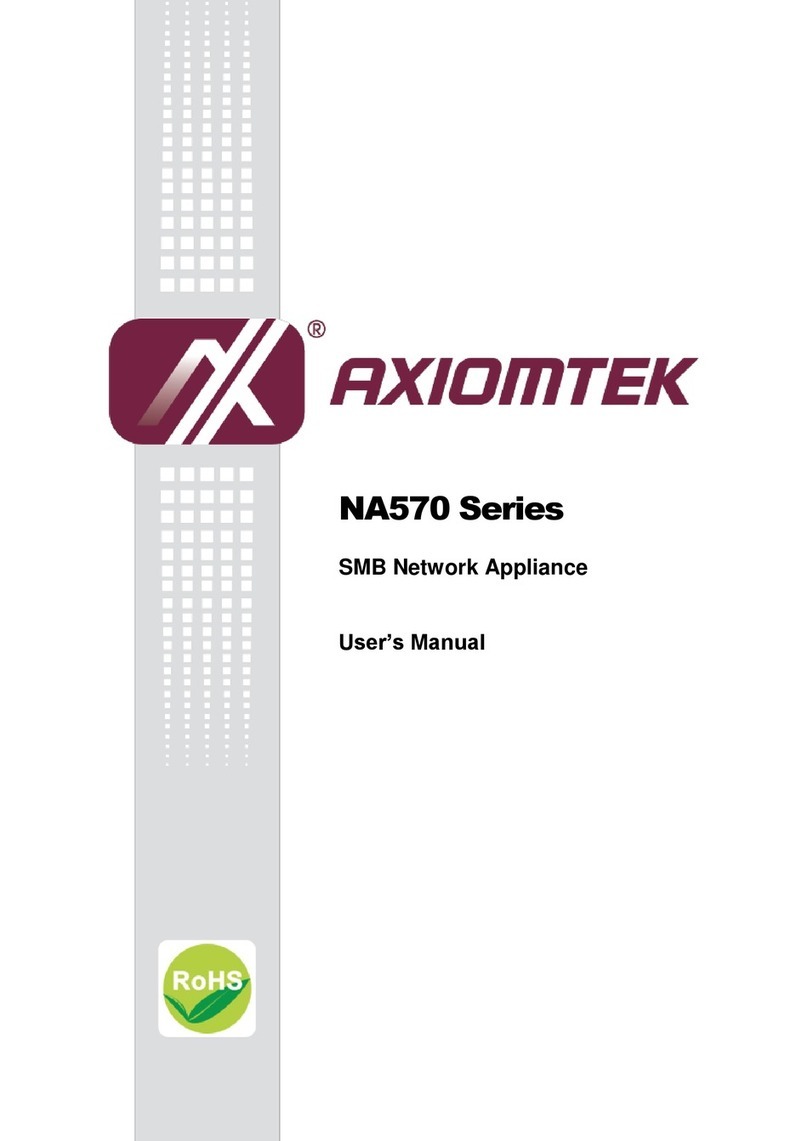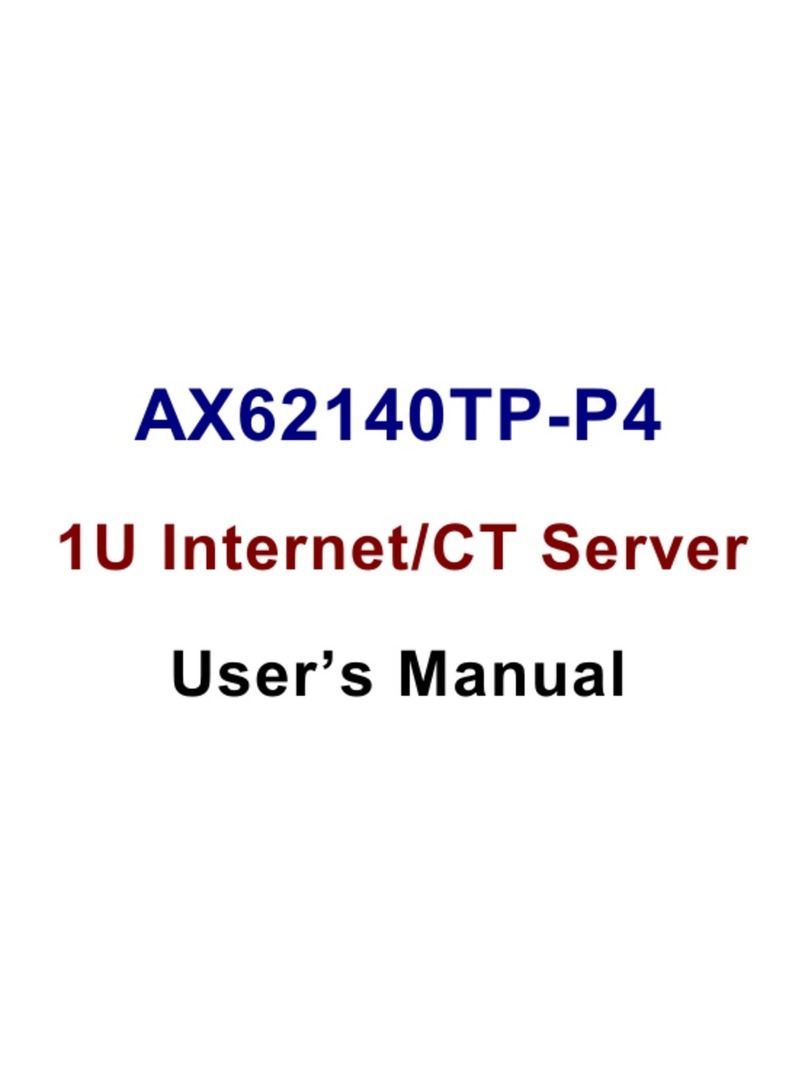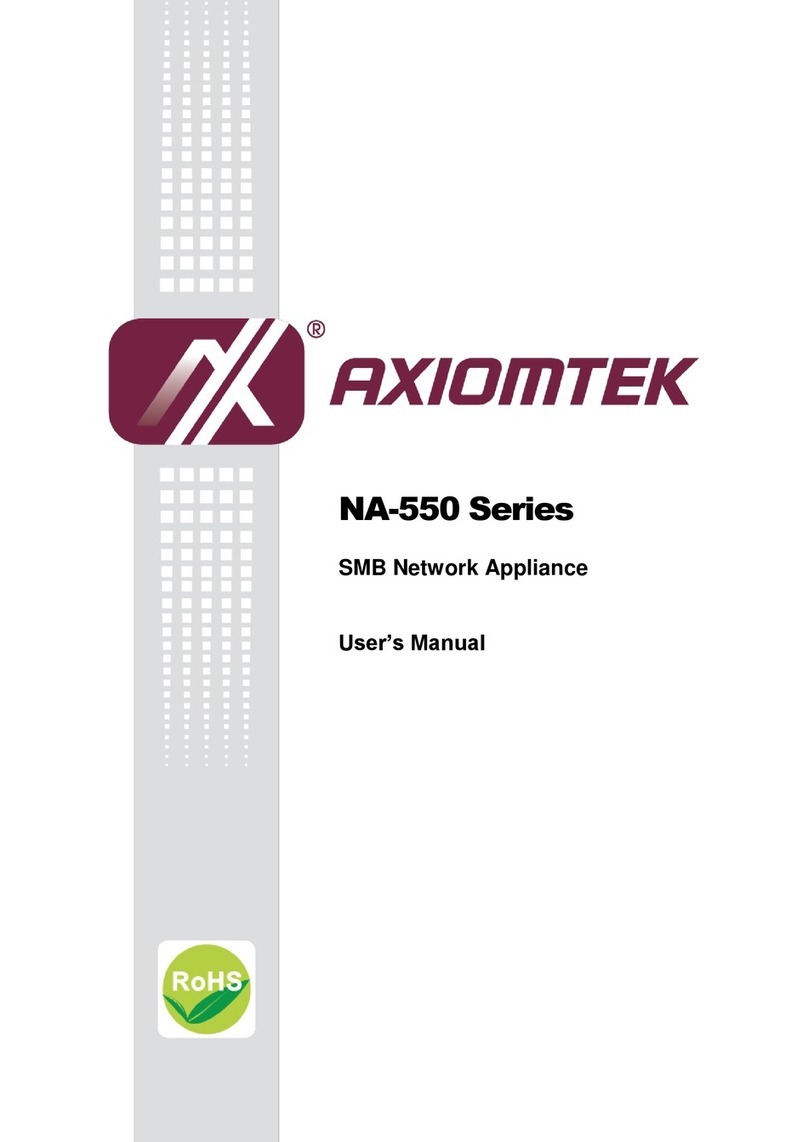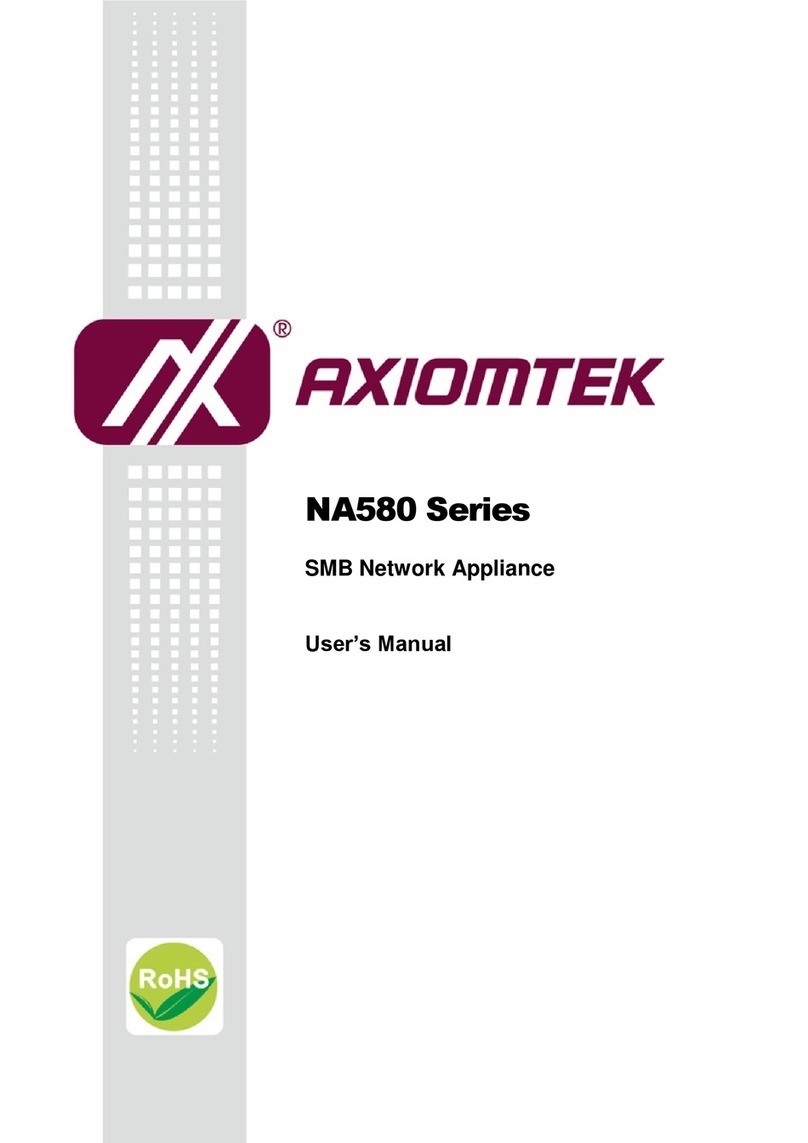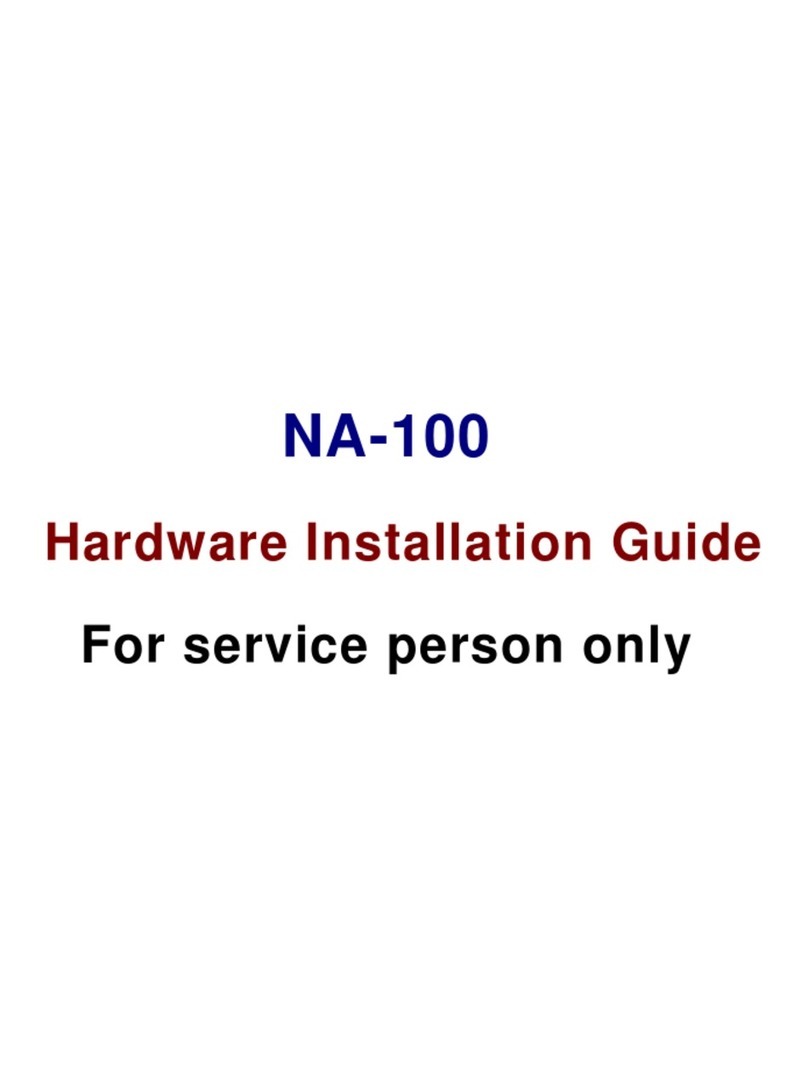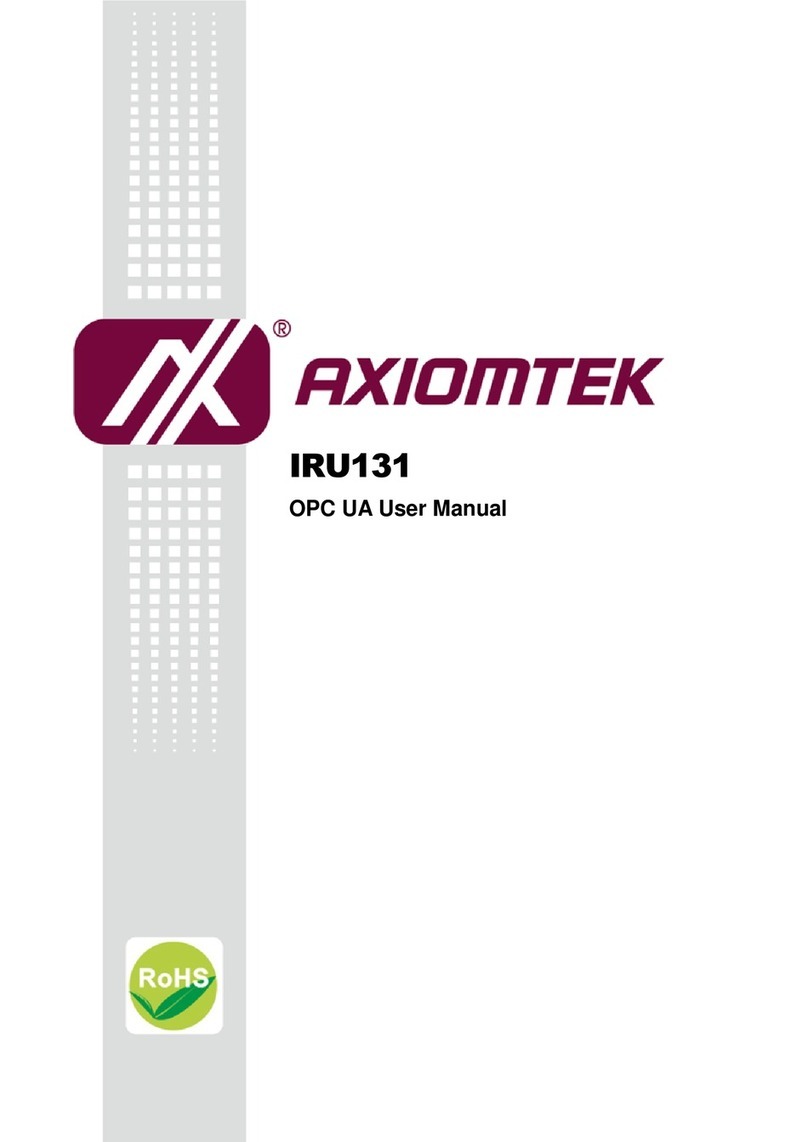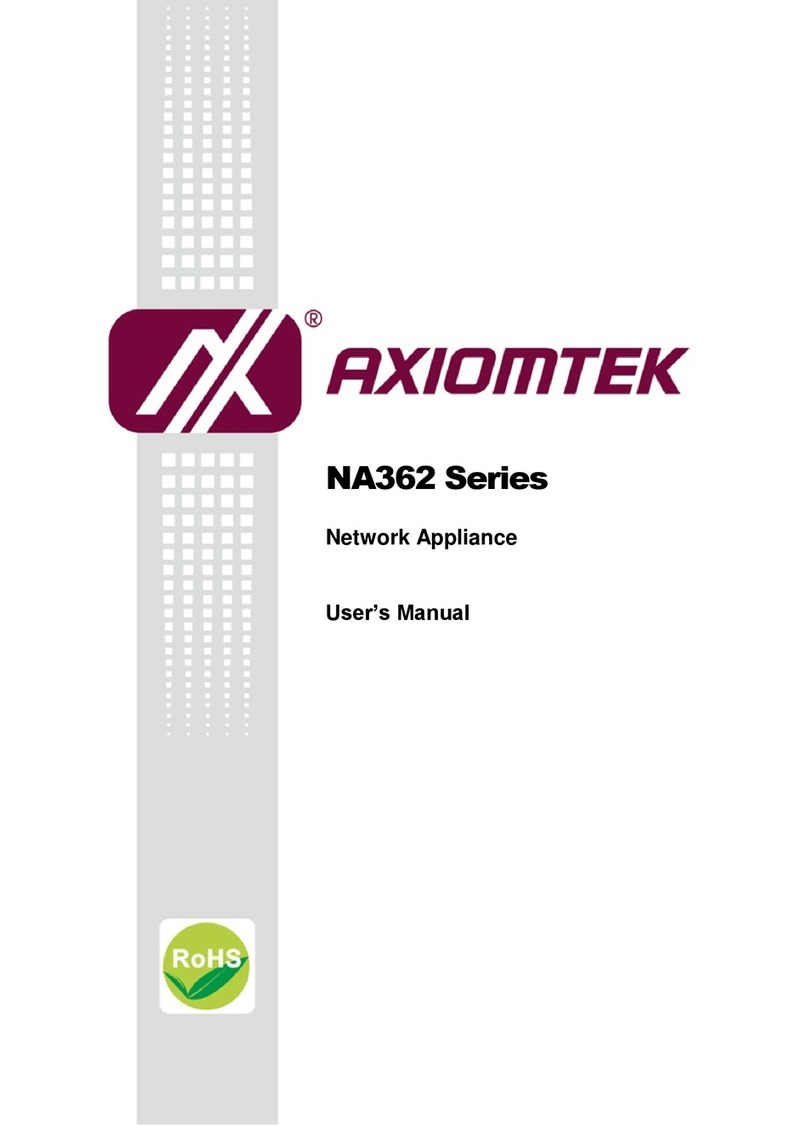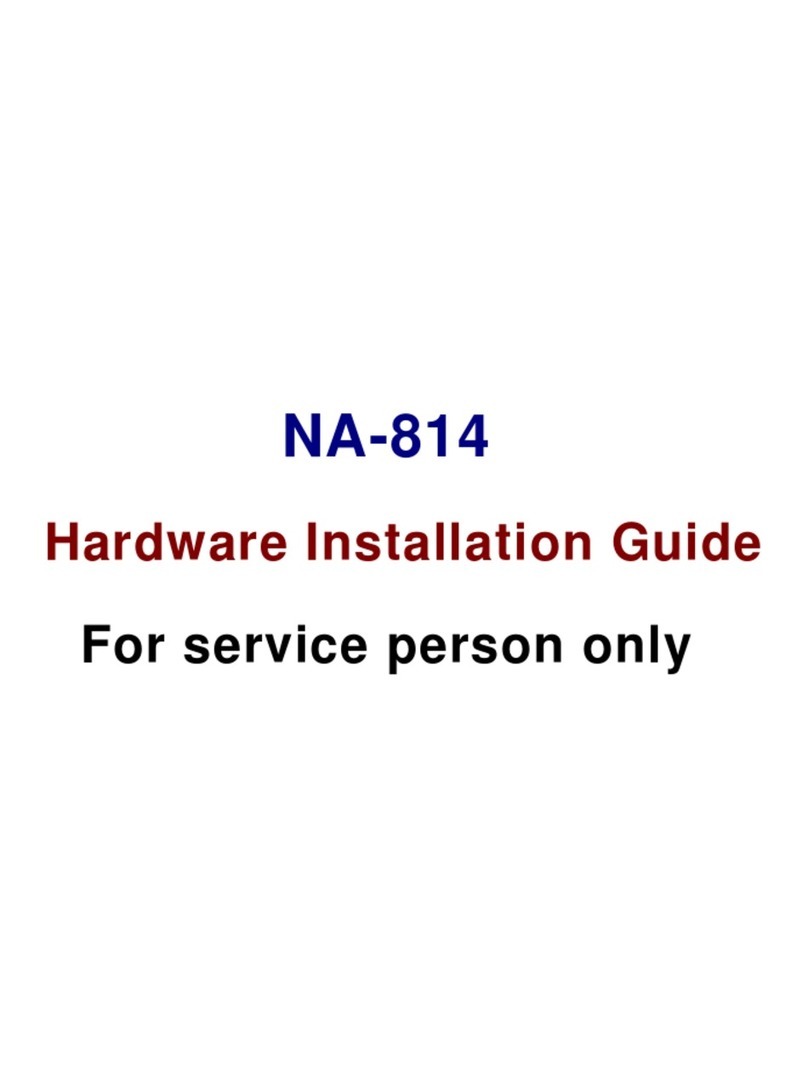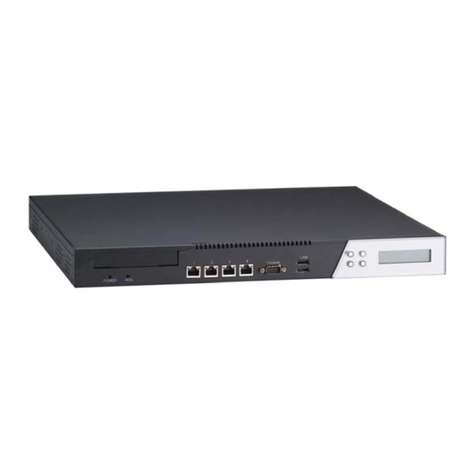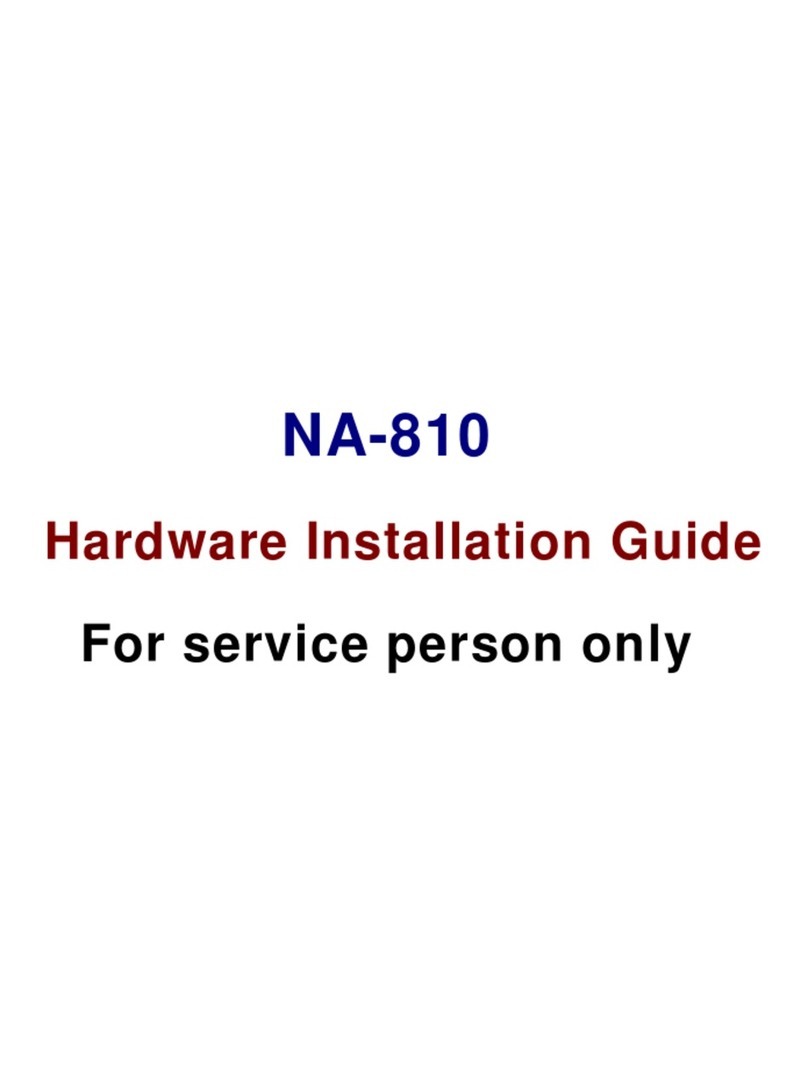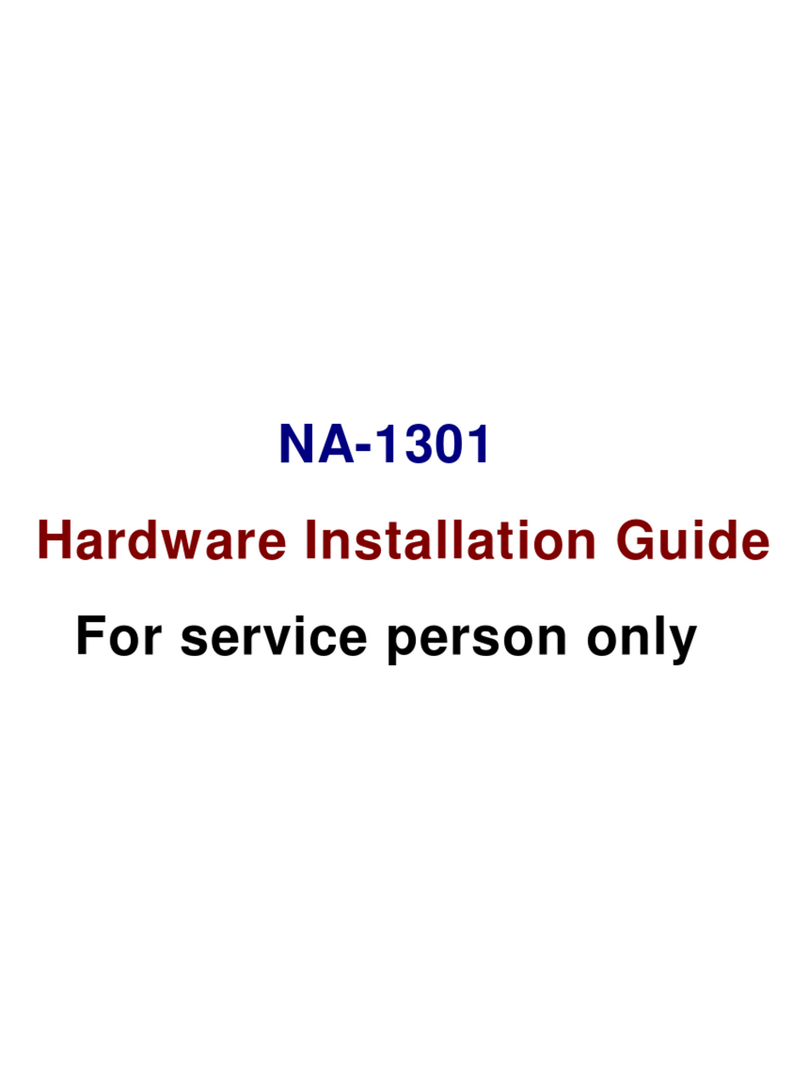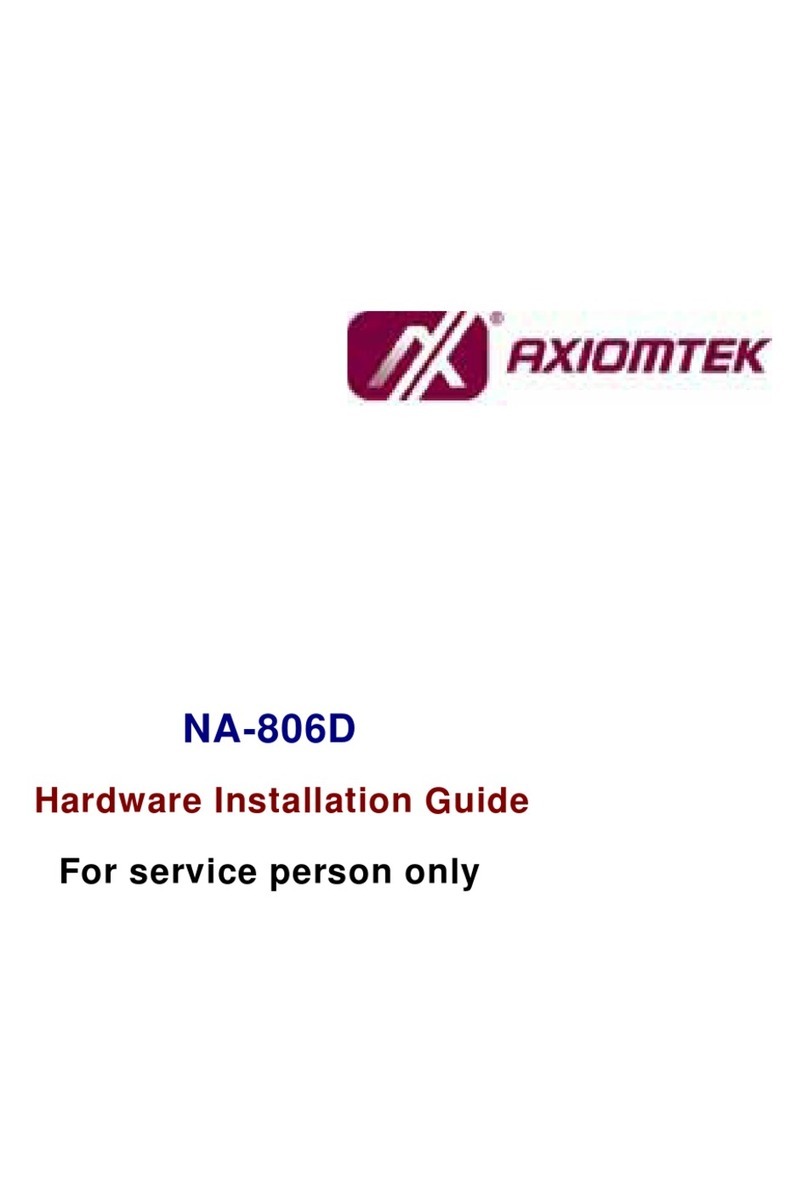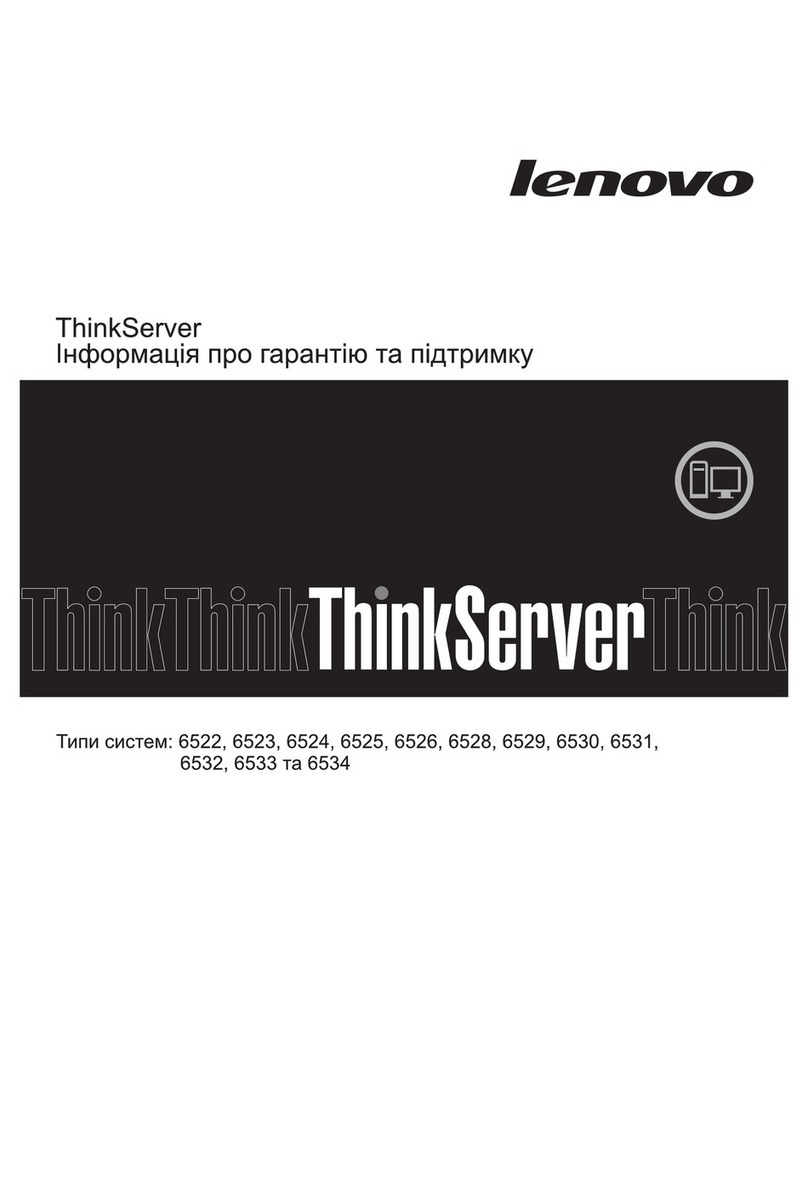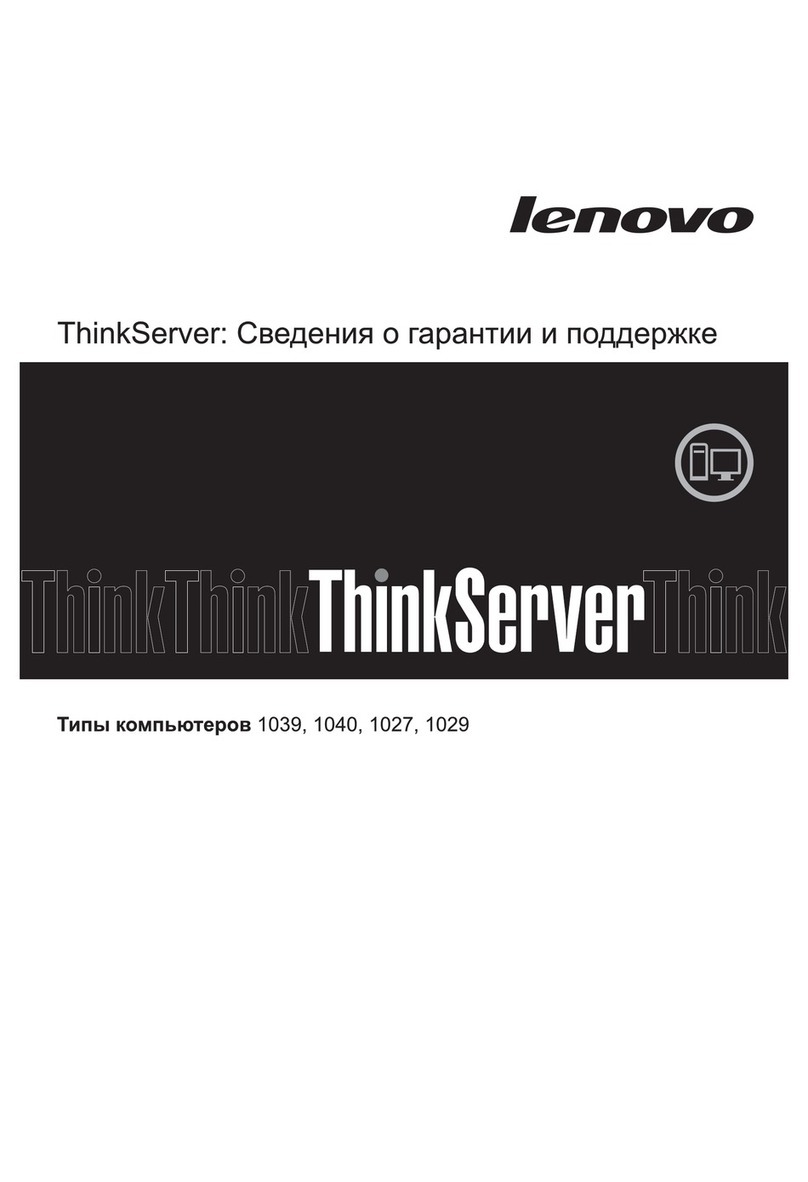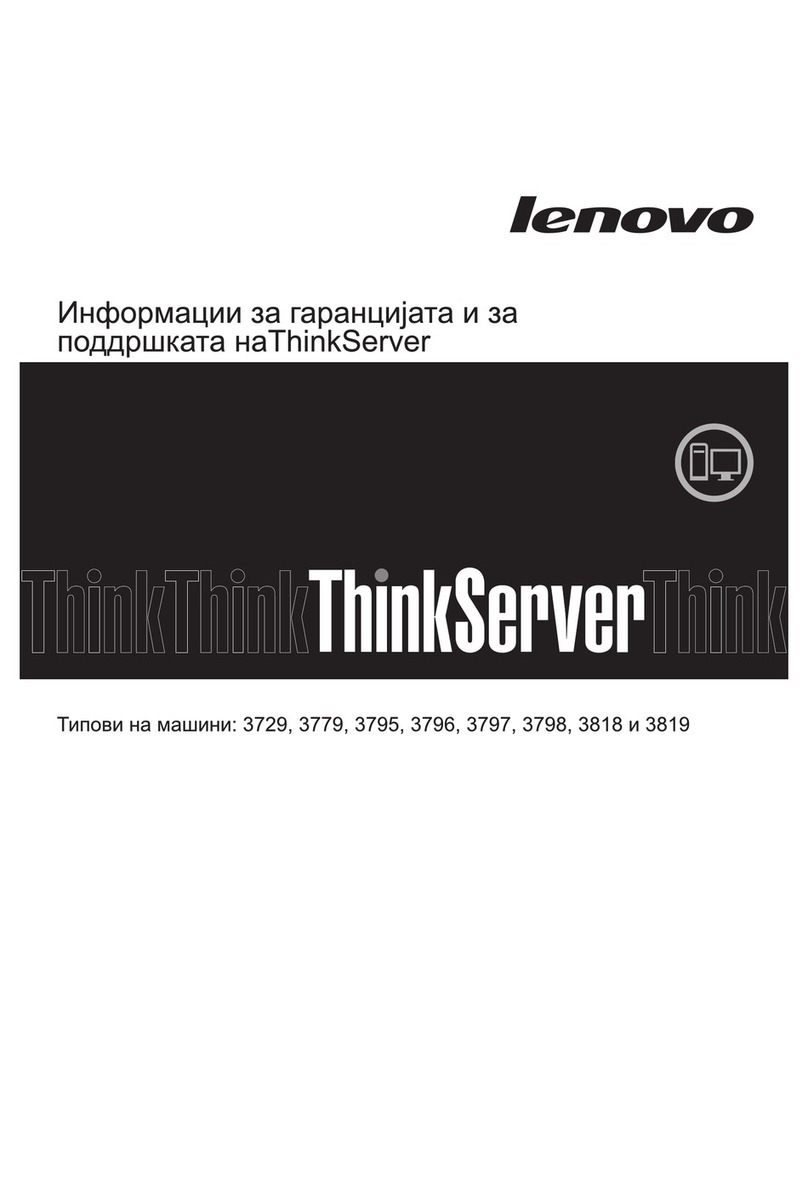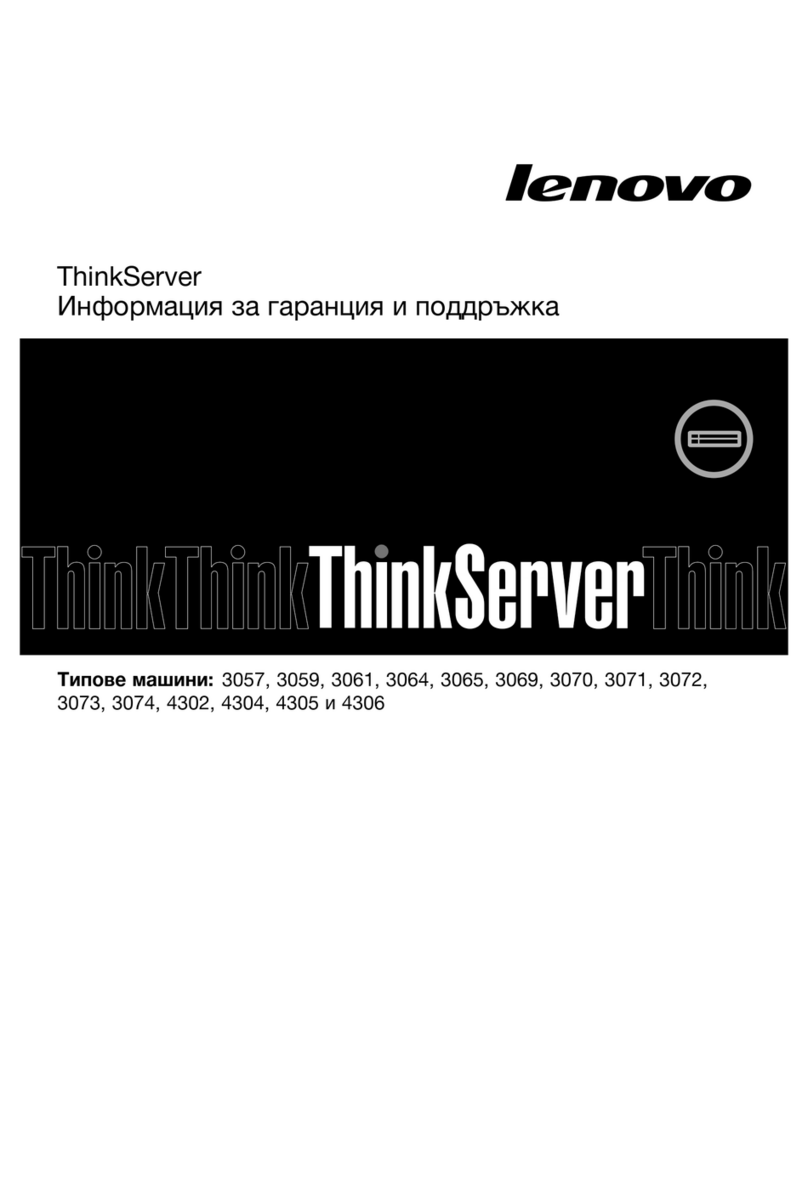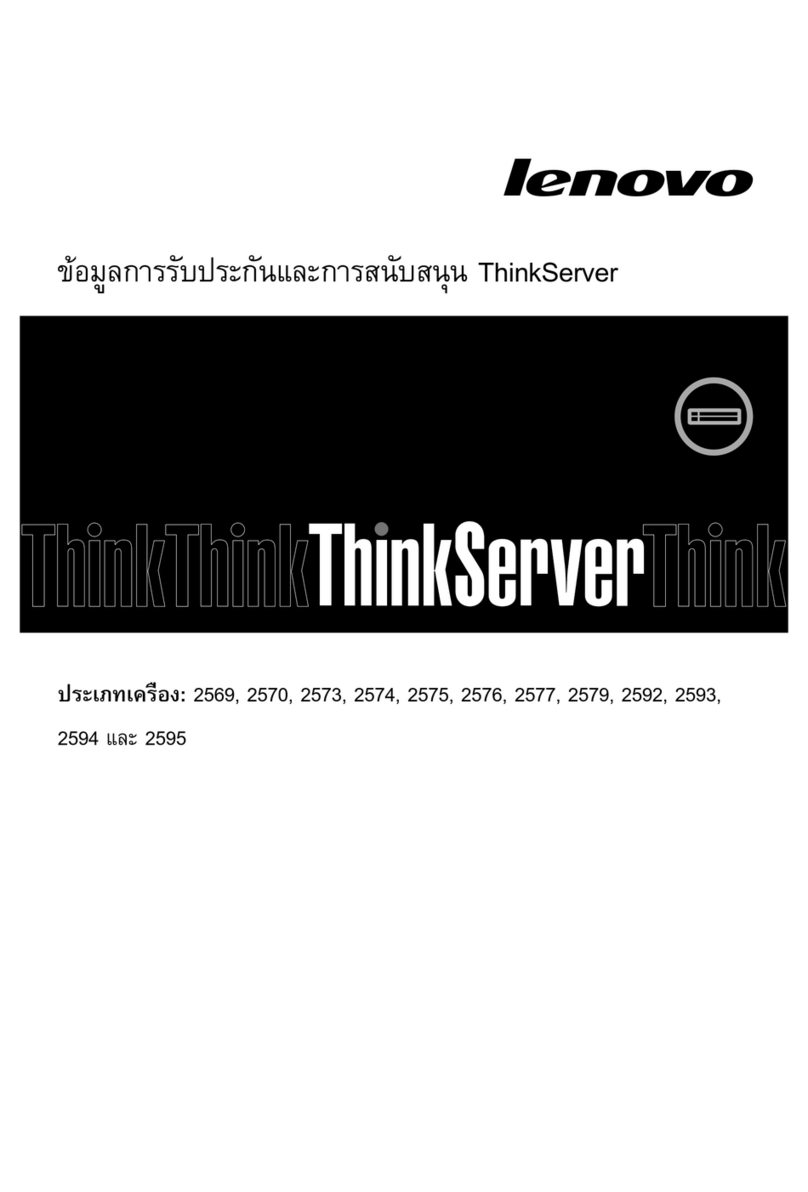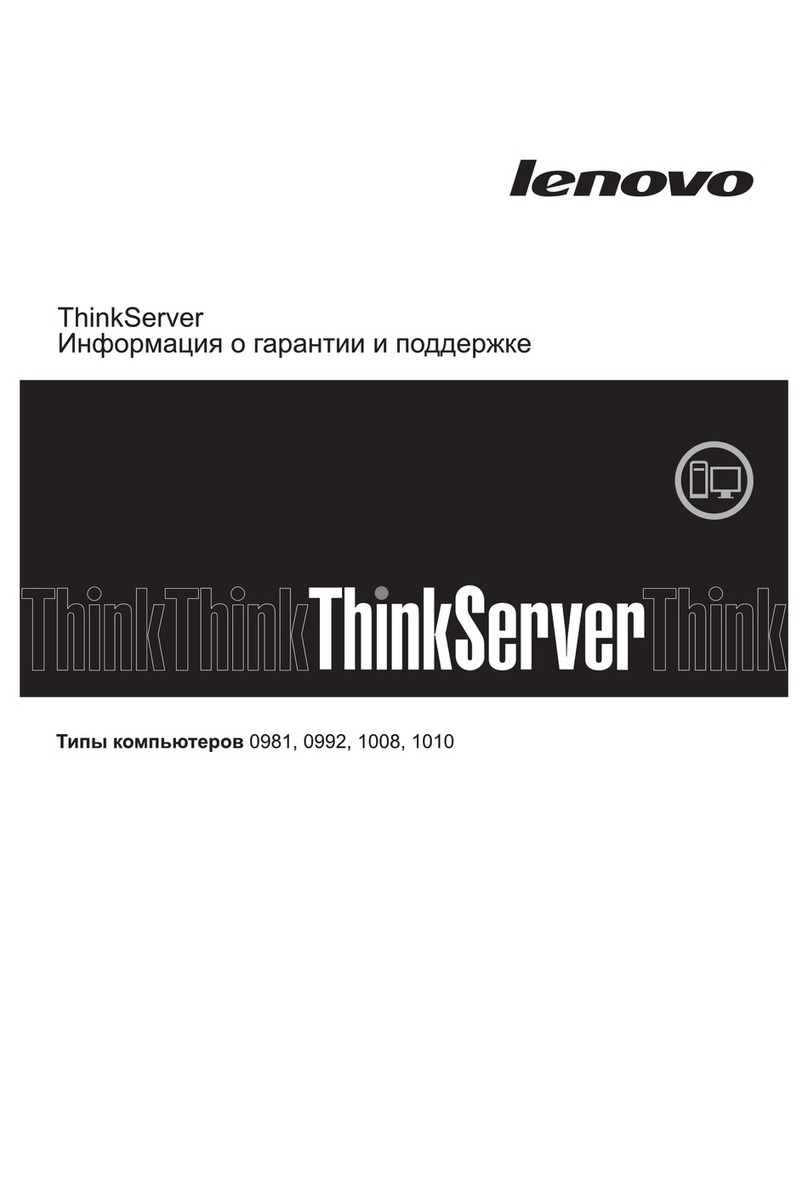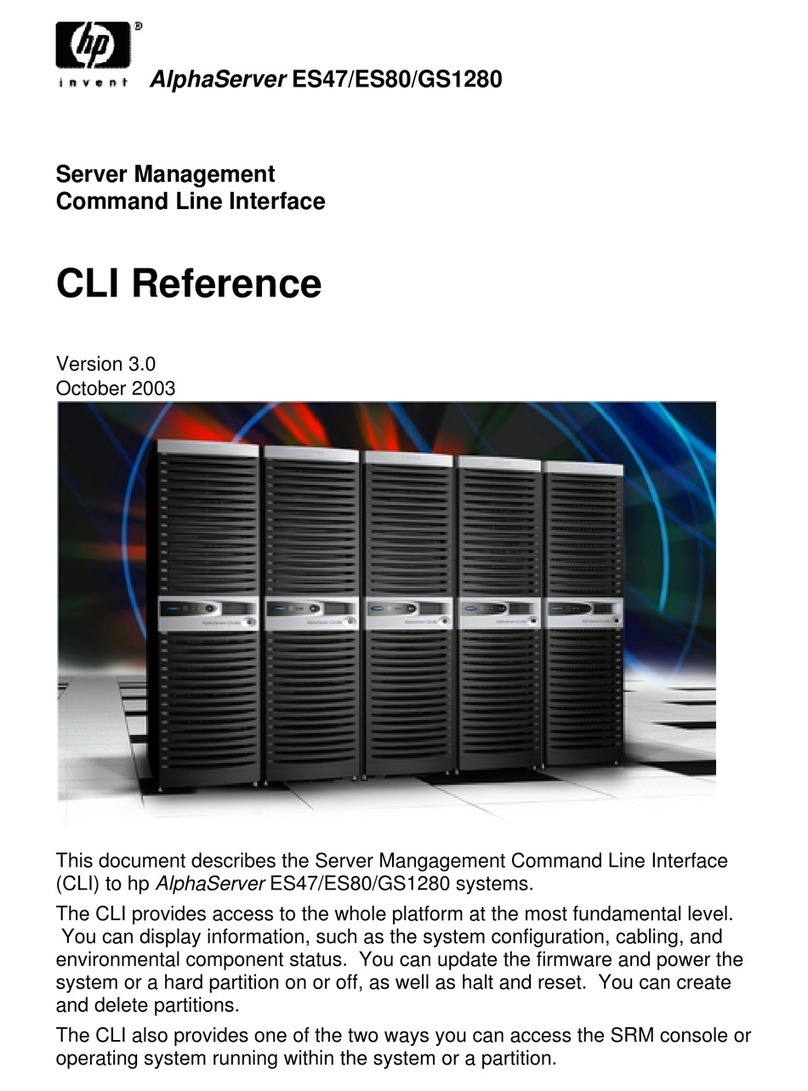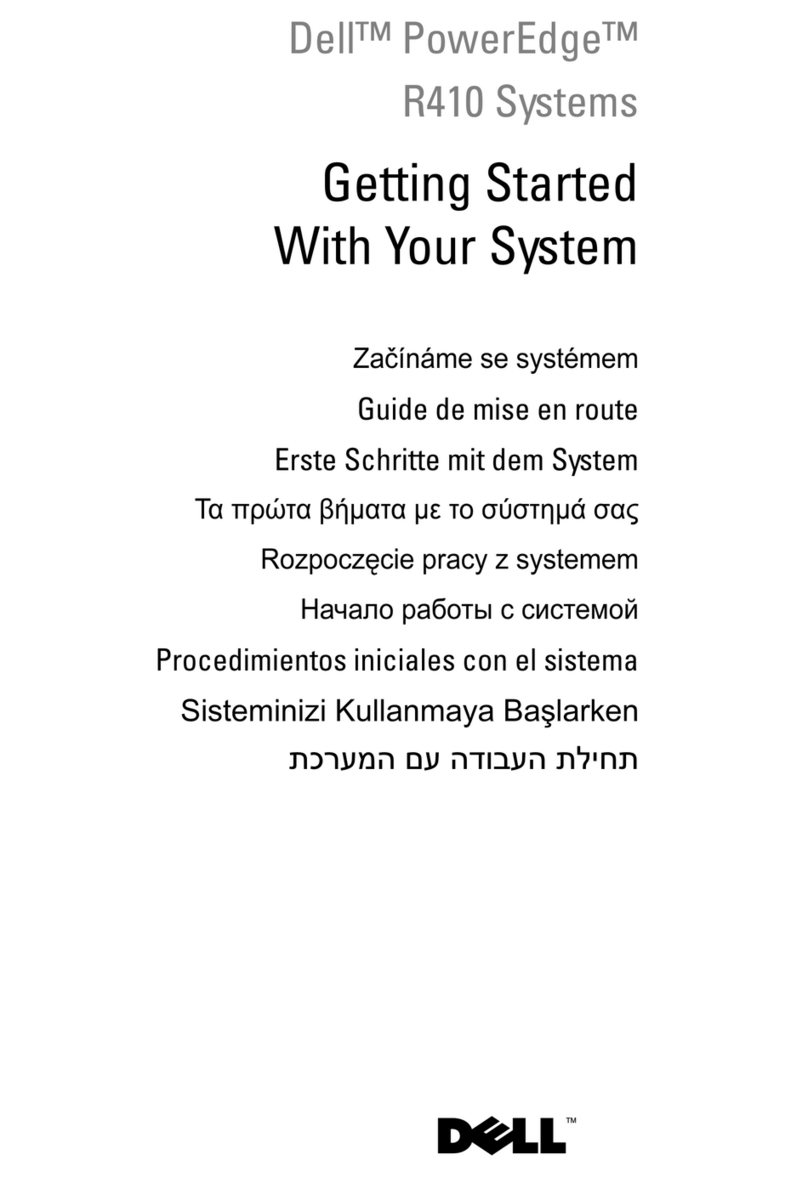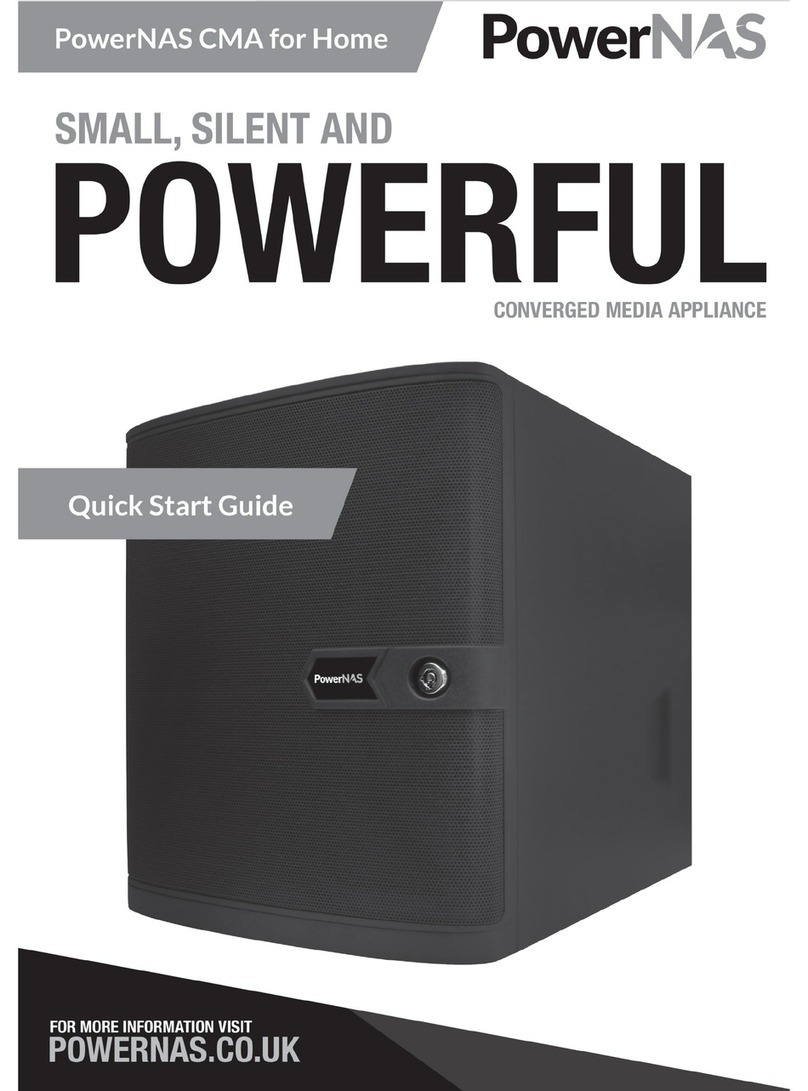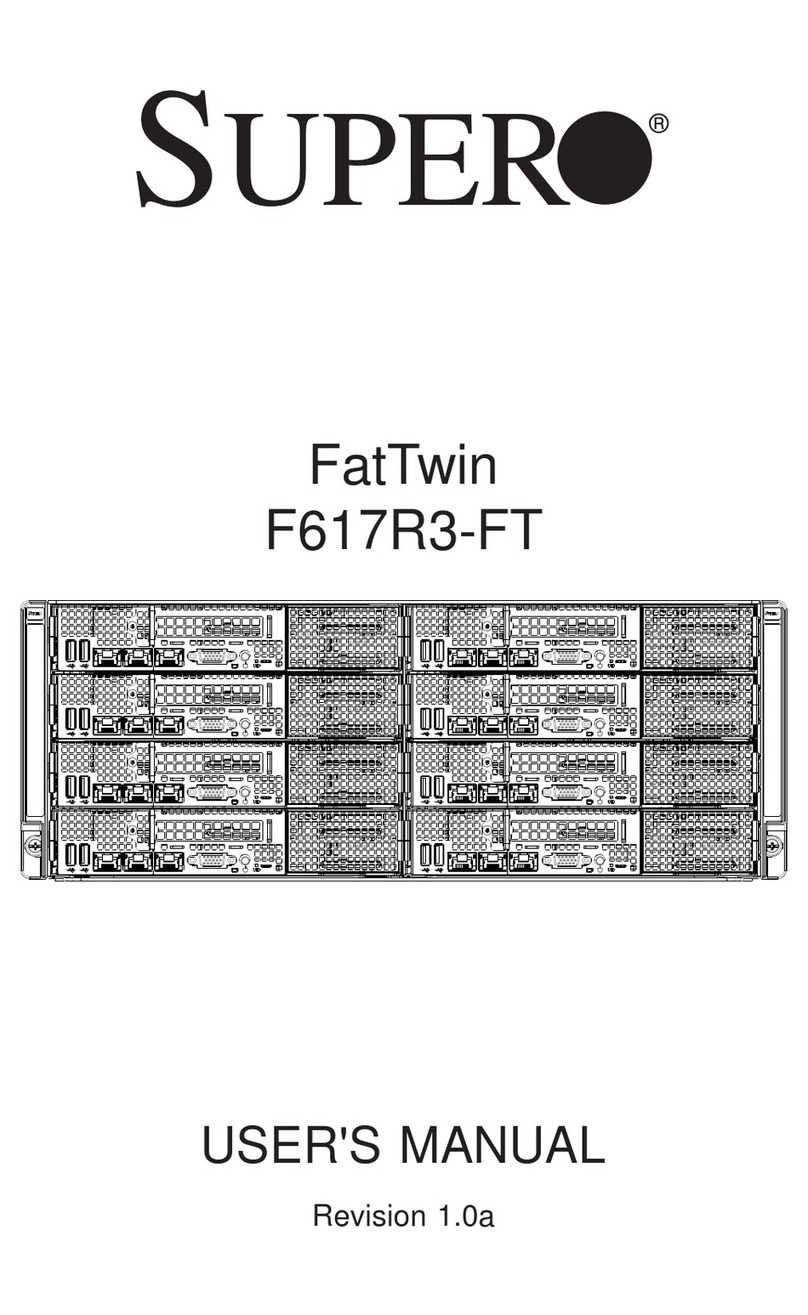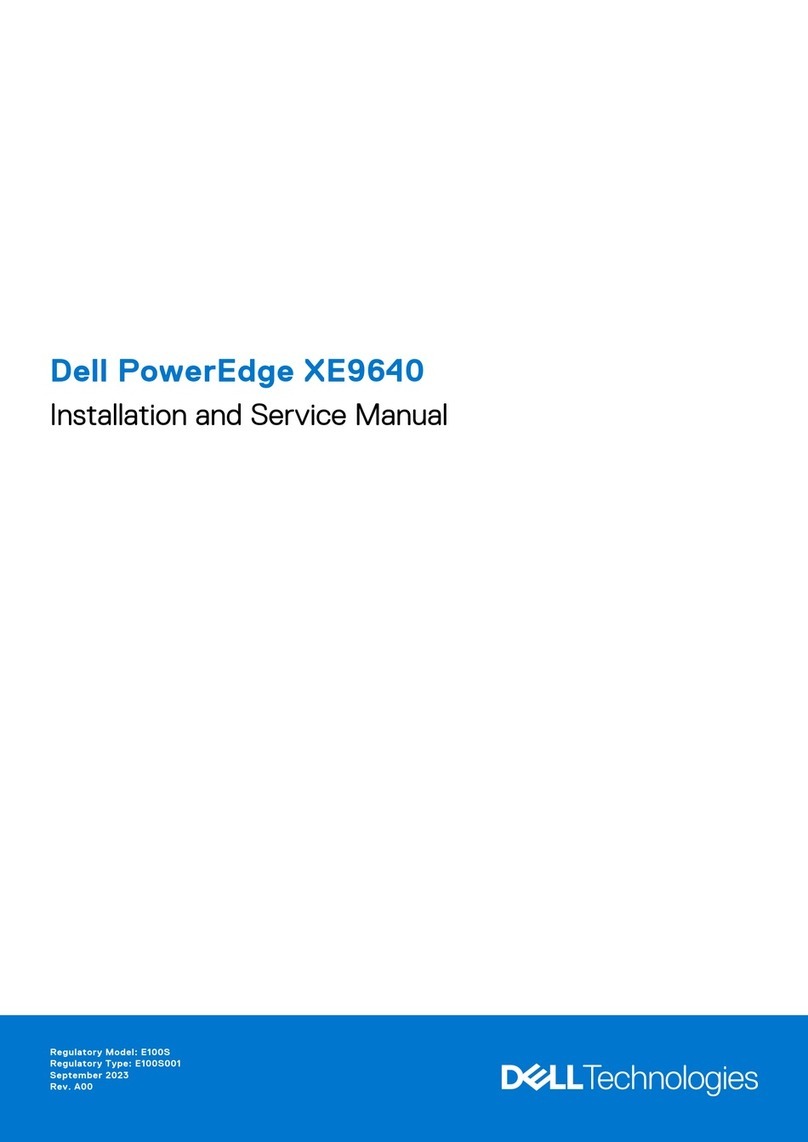
v
Table of Contents
Disclaimers......................................................................................................... ii
Safety Approvals............................................................................................... iii
Safety Precautions............................................................................................ iv
CHAPTER 1 INTRODUCTION ................................................................................... 1
1.1 General Description............................................................................... 1
1.2 Features................................................................................................ 2
1.3 Specifications ........................................................................................ 2
1.3.1 System ........................................................................................... 2
1.3.2 Mechanical / Environmental........................................................... 4
1.4 Dimensions and Outlines....................................................................... 5
1.5 I/O Outlets............................................................................................. 6
1.5.1 Front Panel.................................................................................... 6
1.5.2 Rear Panel .................................................................................... 7
1.5.3 Internal & PCIe Module Configuration............................................ 8
1.5.4 Configuration I ............................................................................... 9
1.5.5 Configuration II .............................................................................. 9
1.5.6 Configuration III ........................................................................... 10
1.5.7 Configuration IV........................................................................... 10
CHAPTER 2 HARDWARE AND INSTALLATION .................................................... 11
2.1 Checklist ............................................................................................. 11
2.2 Board Layout ....................................................................................... 12
2.3 Jumper Settings .................................................................................. 13
2.3.1 CPLD Control Jumpers (JP3, JP4, JP5, JP6).............................. 14
2.3.2 CompactFlashTM Power Jumper (JP1)......................................... 14
2.3.3 WDT Jumper (JP7)..................................................................... 15
2.3.4 ME Clear CMOS Jumper (JP8)................................................... 15
2.3.5 Clear CMOS Jumper (JP9)........................................................... 16
2.3.6 Auto Power On Jumper (JP12)..................................................... 16
2.4 Connectors.......................................................................................... 17
2.4.1 Keyboard & PS/2 Mouse Connector (CN17)................................ 19
2.4.2 SATA Port 1 ~ 5 Connectors (CN11, CN15, CN8, CN10, CN7) ... 19
2.4.3 SYSTEM FAN1 ~ 2 Connectors (FAN1, FAN2) ........................... 20
2.4.4 CompactFlashTM Connector (CF1)............................................... 20
2.4.5 Front Panel Connector (CN18) .................................................... 21
2.4.6 LED Connectors (D2, D3)............................................................ 22
2.4.7 USB Port Connector (CN9) – USB 2x5 Box Header ..................... 22
2.4.8 Case Open Connector (JP11) – 2 Pin Header .............................. 23
2.5 Hardware Installation........................................................................... 23
2.5.1 Installing the CPU........................................................................ 23
2.5.2 Installing the Memory Module...................................................... 27
CHAPTER 3 PHOENIX-AWARD BIOS UTILITY...................................................... 29
3.1 Entering Setup .................................................................................... 29
